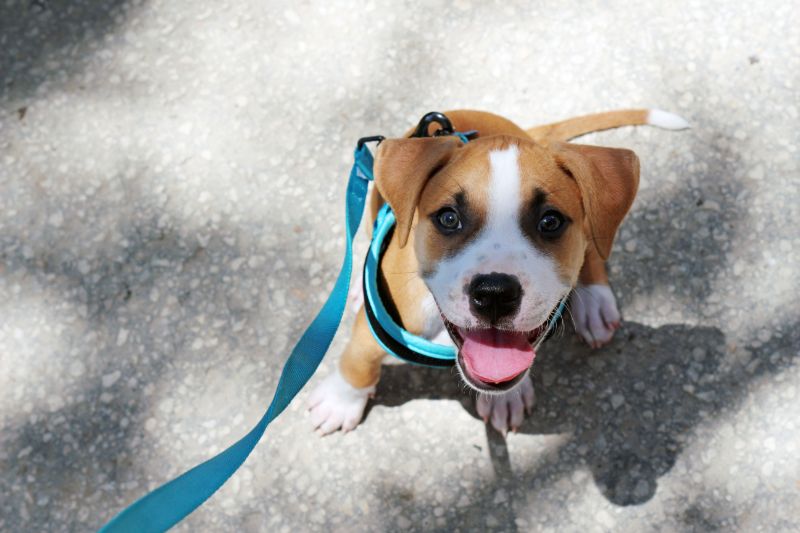House Training Your Pet Can Be Easy and Fun
One of the most daunting aspects of pet adoption is the introduction and enforcement of household bathroom protocol. Of course, puppies and younger dogs are going to need more hands on training than older pups, but many previously house trained adult dogs that enter the shelter system require some re-training to establish healthy habits.
Without a doubt, finding a mess inside the house is upsetting but with time, consistency and a whole lot of patience, house training your pet is incredibly gratifying.
Get On Board
Setting a routine and sticking to it is the best way to introduce house training to your pet. If they get into the habit of going outside as soon as they wake up and directly after eating or drinking, you’ll have better overall luck.
Lots of Close Time
When it’s bathroom time, attach your dog’s leash and walk with them to the part of the yard you’d like them to return to (instead of claiming the entire yard for their bathroom needs). Once there, invite them to pee or poop by repeating the same phrase, such as “let’s go” or “time to do your business”. Say it every time you take them outside so they’ll listen for the verbal cue.
Reward On Time
To help your pet associate going to the bathroom with something positive, give them a healthy treat immediately after they go. Don’t delay as it could confuse them. Offer praise and a hearty scratch or two. They want to please you, so don’t forget to show how very happy you are not to be using up an entire roll of paper towels cleaning up a mess inside.
Watch Like a Hawk
Take your puppy or new dog outside once every hour or so, adjusting for nap times and how much they drink. When you are home together, watch them closely. If you notice them sniffing around or circling, get them outside STAT.
If you ever walk in on them urinating or defecating in the house, interrupt them and calmly take them outdoors. Wait with them until they feel the need to go again. You don’t want them to fear going to the bathroom in your presence.
House Training Your Pet
Baby gates work well to keep a potty training pet in a certain area of the house. Crate training is another useful tool with far-reaching and long-lasting benefits.
Always clean up messes with a neutralizing cleaner. If they smell their own scent they may be compelled to remark it down the road, setting back your house training efforts.
All in the Timing
Confine them to a smaller room (with adequate ventilation) for short periods of time when you’re not able to supervise them. If they demonstrate control after being alone for an hour you can gradually increase time between bathroom breaks. The most you can expect from a house trained pet is about 4-5 hours. Set up a dog sitter/walker to relieve your pet if you cannot make it home.
If you do find a mess at home when you return, do not scold or punish your pet. It is frustrating for sure, but if you put too much negative energy on their mess you may inadvertently reinforce the action, and influence future messes.
Deep Breaths
It can take upwards of 6 months to fully house train. If your pet is having continued challenges in this department, we should rule out medical issues. Our team at Sunrise Boulevard Animal Hospital is always here to help.

